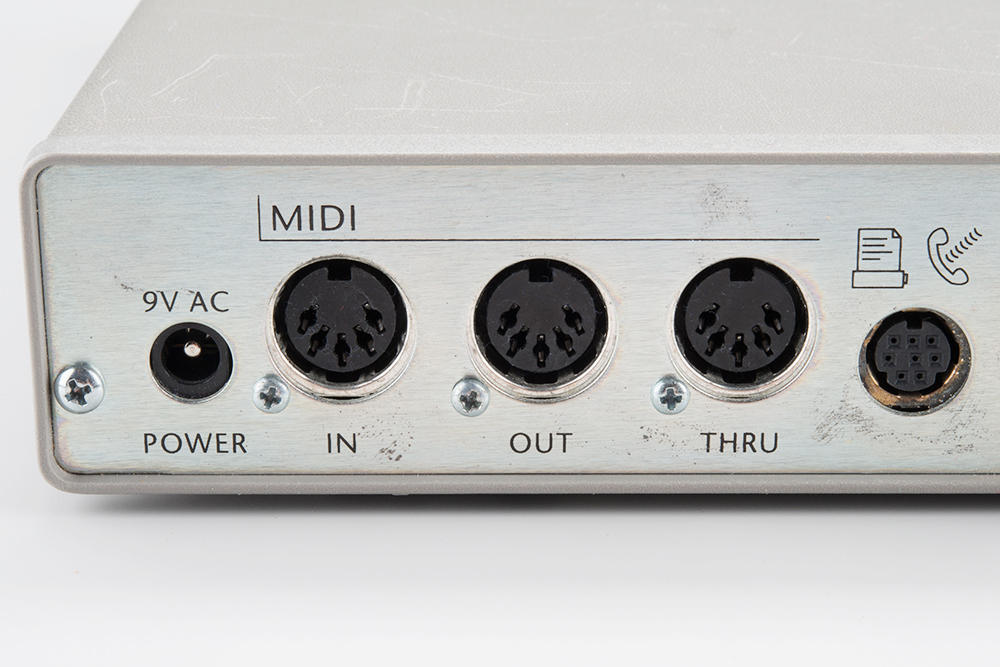1. (a) Figure 1 shows some of the drawing objects available with a vector graphics drawing
software package.
Figure 1
(i) Name two properties which are common to Object 1 and Object 2.
1 Have the same line colour
2 Have the same fill colour (2)
(ii) When a designer creates a drawing, the size of various objects is often
increased/decreased/moved as the drawing is being developed.
Explain why no distortion occurs in vector graphics when the size of various
objects is changed.
This is because vector graphics are stored using mathematical data and not lots of small dots, or pixels, so vector graphics can be scaled and moved without distortion.(2)
(iii) With vector graphics software, each new drawing is created as a set of vectored
objects. Each drawing is created and saved in a file format specific to that brand of
software. The software has an ‘export’ facility so that a bitmapped version of any
drawing can be produced which can then be used as appropriate e.g. included in a
word processed document.
Why is this arrangement preferable to bitmapped-based software which only
creates and saves a bitmapped file?
It allows you to do more with the graphics so it is more versatile. (1)
(b) Bitmapped software saves the picture as pixels, with a range of different possible colour
resolutions as shown in Figure 2.
Figure 2
(i) If the graphic is saved as shown as a ‘256 color bitmap’, how many bytes will be
used to store each pixel?
1 byte will be used (1)
(ii) A picture is downloaded from a camera-phone and saved as a ‘256 color bitmap’.
The picture has a width of 1280 pixels and height 768 pixels.
What is the file size in Kilobytes?
983.04 (1)
(iii) The same picture as in part (ii) is later loaded into bitmapped software on a PC and
saved to a new file as a ‘16 color bitmap’.
What is the size of this file in Kilobytes? 491.52 (1)
(Total 8 marks)
2. (a) Figure 1 shows a number of drawing objects from the toolbox of a vector graphics
drawing program.
Figure 1
Object 1
Object 2
Basic Flowchart Shapes
Process
Data
Internal storage
Line-curve
connector
Decision
Predefined
process
Sequential data
Line
connector
Document
Stored data
Direct data
Wavy
connector
(i) For object 1 and object 2, state two properties common to both types of object,
which would be recorded when used in a drawing.
1 Same line colour
2 Same fill colour (2)
(ii) State one other property for object 1 which would be recorded when used in a
drawing. Dimensions (1)
(iii) Graphics can be created with either vector graphics software or bit-mapped
software. If the graphic is enlarged it may become distorted if created with
bit-mapped software but show no distortion if created with vector graphics
software.
Explain this statement.
Bit mapped graphics software uses pixels instead of the mathematical ratios that that the vector graphics software does so when it is enlarged it will enlarge the pixels because that is the base type it uses. (2)
(b) Figure 2 below shows the file type options available when saving a file with bit-mapped
graphics software.
Figure 2
File name:
Save as type:
Save
Monochrome Bitmap (*.bmp;*.dib)
256 Color Bitmap (*.bmp;*.dib)
24-bit Bitmap (*.bmp;*.dib)
JPEG (*.JPG;*.JPEG;*.JPE;*.JFIF)
GIF (*.GIF)
TIFF (*.TIF;*.TIFF)
PNG (*.PNG)
16 Color Bitmap (*.bmp;*.dib)
Cancel
This Picture
16 Color Bitmap (*.bmp;*.dib)
(i) How many bits are used to store each pixel if the resolution selected is as shown
(‘16 color bitmap’)?’
4
(1)
(ii) ‘256 color’ images are stored with 1 byte per pixel. Explain this statement.
Each pixel takes 8 bits to reperesent all 256 colours and 8 bits is a byte. (1)
(iii) Read again the statement in part (ii).
A picture with size 1024 by 768 pixels is saved as a ‘256 color’ image.
Calculate the picture size in Kilobytes.
786.432Kb (1)
(iv) Black and white (monochrome) bit-mapped files store each pixel with a single bit.
A black and white image of size 512 by 256 pixels has a calculated file size of
16 Kilobytes. The actual file size is larger than this calculated size as the bitmap
file contains other data.
What is this other data?
The file name and format type (1)
(Total 9 marks)
3. Bit patterns can be interpreted in a number of different ways. A computer word contains the bit
pattern 0011 0100.
(a) What is its decimal value if it represents:
a pure binary integer;
52.
(1)
(b) (i) The ASCII value for the character ‘0’ (zero) is 48. What character is represented
by 0011 0100?
the number 4 (1)
(ii) Name one other standard coding system for coding information expressed in
character or text-based form.
Unicode (1)
(c) One method of representing graphics in a computer system is as bit mapped graphics.
The black line
on the left
might be
represented
as
(i) Describe how a coloured line might be represented.
............................................................................................................................
............................................................................................................................
............................................................................................................................
(2)
(ii) Describe how a line would be stored using vector graphics.
............................................................................................................................(3)
(Total 8 marks)

